Story highlights
These warehouses once housed an opium den and illegal distillery run by gangsters in the early 20th century.
In the 1980s and 1990s, the site became a much-loved disco.
Its latest reincarnation: a 37-room boutique hotel with an industrial theme.
Luxury boltholes are a dime a dozen in Singapore, but the newly opened Warehouse Hotel has a history that is scandalously unique.
Located in the now prestigious Robertson Quay area, the boutique hotel spans three old warehouses, which collectively cover 22,626 square feet (2,102 square meters).
Built in the late 19th century when the Southeast Asian city-state was under British colonial rule, the warehouses went on to become an opium den, and later one of Singapore’s best rave spots, before sitting empty for almost two decades.
In January 2017, however, the buildings took on new life as the Warehouse Hotel.
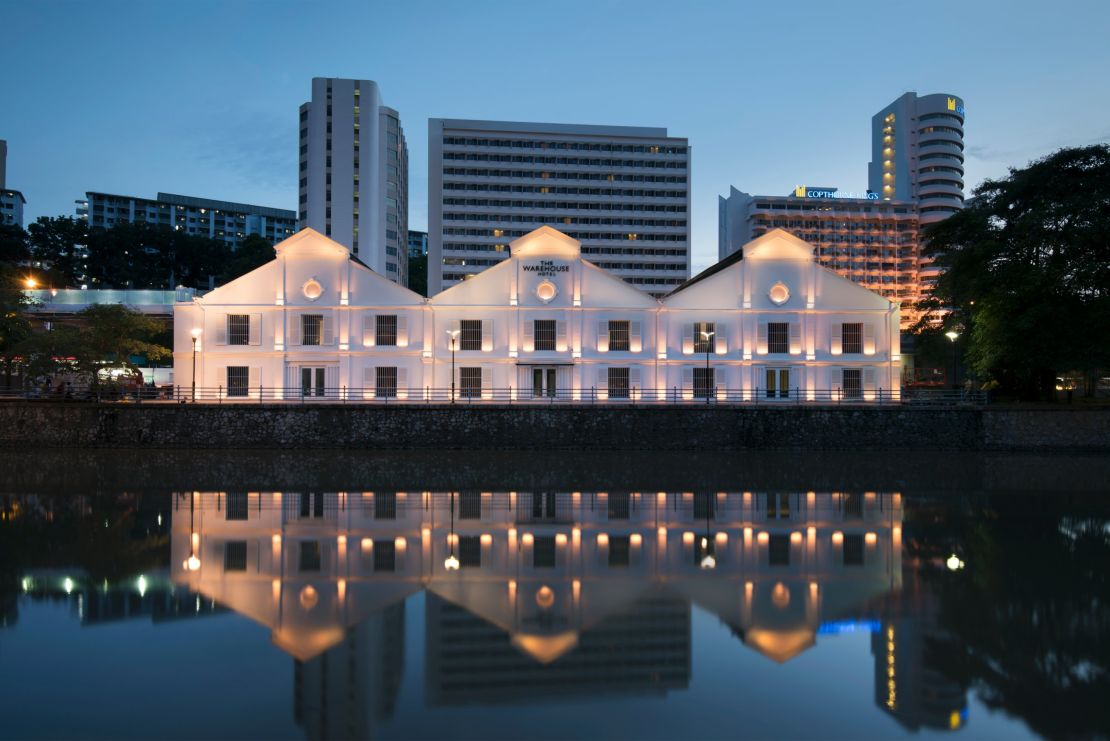
Featuring 37 rooms, a high-end restaurant serving modern Singaporean cuisine, and a ritzy infinity pool on the rooftop, the hotel has also retained an industrial theme true to its heritage.
“What we have done is keep in mind the past of the building – and now (we are) bringing it to life,” Tarun Kalra, general manager at the Warehouse Hotel, tells CNN.
“Guests can enjoy or get an experience of what it was (like) in the past.”
A colorful past
Built in 1895 as one of the countless warehouses that lined the Singapore River, these buildings were storehouses for an established trade route which took spices and merchants from the Strait of Malacca in neighboring Malaysia down to Singapore.
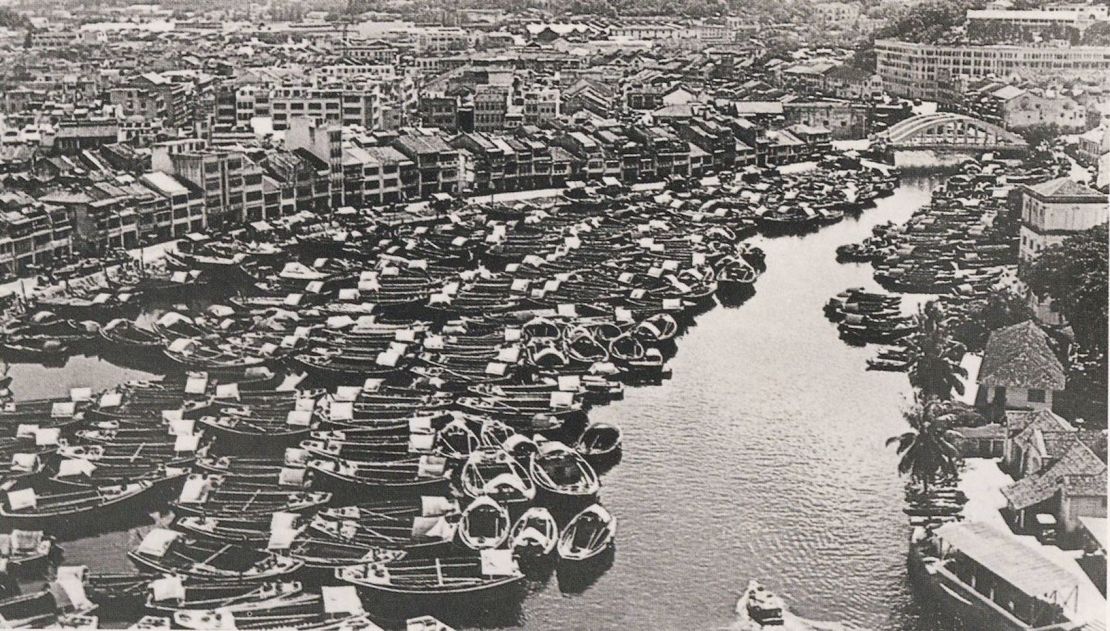
Today a key tourist attraction, Robertson Quay back then had a somewhat unsavory reputation: it was a red light district and a center of illegal activity, such as prostitution and gambling, for Chinese “secret societies” – organized crime syndicates.
From 1895 to 1951, the complexes also housed an opium den.
An illegal distillery producing homemade whiskey operated on the premises, too – back then, the street the warehouses are located on was known as “Chiu Long Lo,” or “Spirits Shed Street,” in the southern Chinese dialect of Hokkien.
Old Singapore: The Lion City of yesteryear
Between 1951 and the 1980s, the warehouses were mainly used to store produce, from spices, rice and coffee, to materials like rubber and tin.
In 1986, the site became the Warehouse Disco – a legendary party haven for jiving throngs of young people.
“A lot of people in the city actually do remember (the disco) … (it was) an era which we all remember and think about very fondly,” says Kalra.
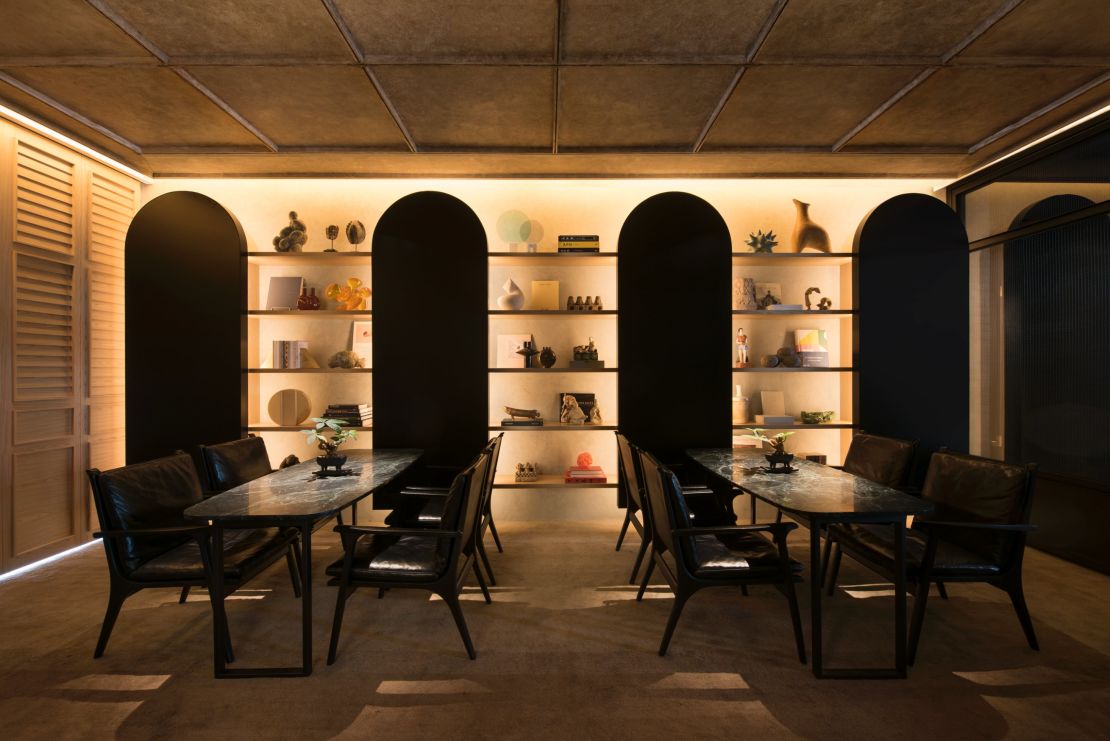
Industrial revolution
The disco closed in 1996. Before the warehouses were released for tender by the government in 2013, the site stood empty.
The area had changed dramatically, however. Robertson Quay transformed from a historic wharf into a commercial and residential hotspot in the 1990s, with Singapore’s Urban Redevelopment Authority at the helm.
In 2013, Singaporean hospitality firm Lo & Behold Group, which is responsible for some of the city-state’s trendiest restaurants and bars, acquired the three warehouses for an undisclosed sum.
Construction of the hotel began the following year.
Creative design agency Asylum and architectural firm Zarch Collaboratives, both Singaporean businesses, were enlisted to oversee the renovation.
The designers were keen to maintain the look of the warehouses, yet add a modern touch.
“When you walk in we wanted to give someone that ‘wow’ moment – so it was important for us to preserve this amazing ceiling height, and to keep this space as open as possible,” Chris Lee, Asylum’s founder and head designer, tells CNN.
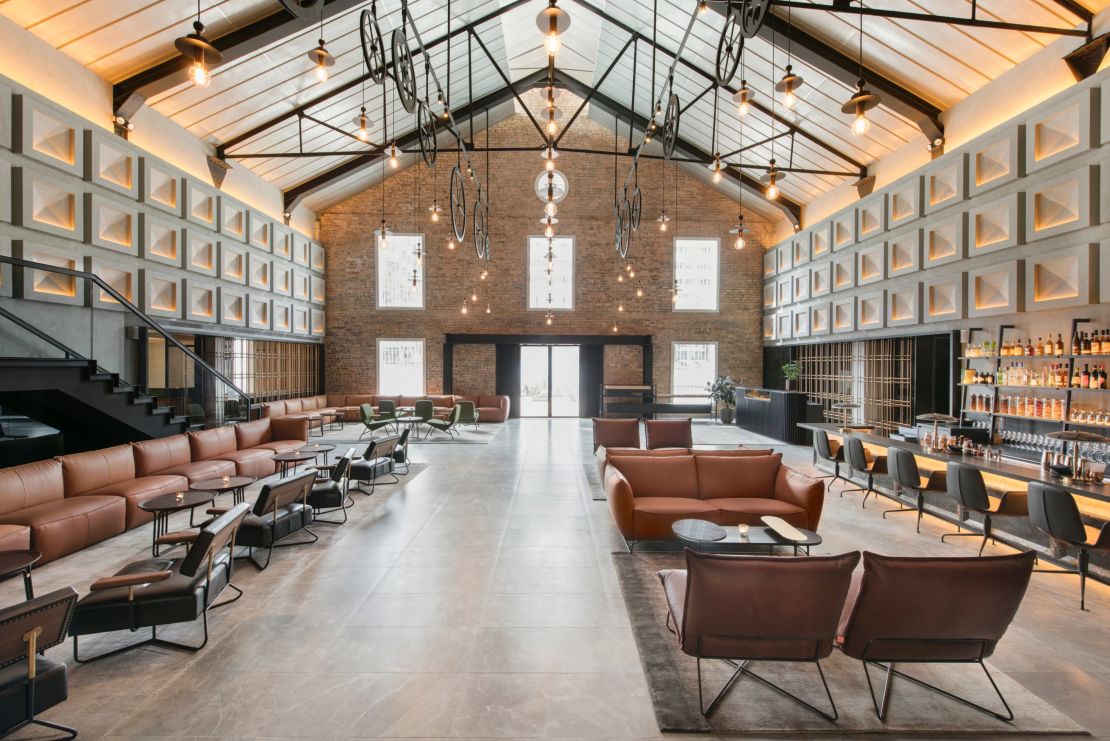
The warehouses were in poor condition when the project began, says lead architect Randy Chan, of Zarch Collaboratives. His challenge was to restore and preserve the buildings’ distinct original details, which were “very typical of the warehouses of its day,” he tells CNN.
One such feature was the name of a business that owned the site from 1934 to 1975 – Ho Hong Oil Mills Limited – which had been written in Chinese on the far left gable.
The sign was restored back to visibility and turned into a feature.
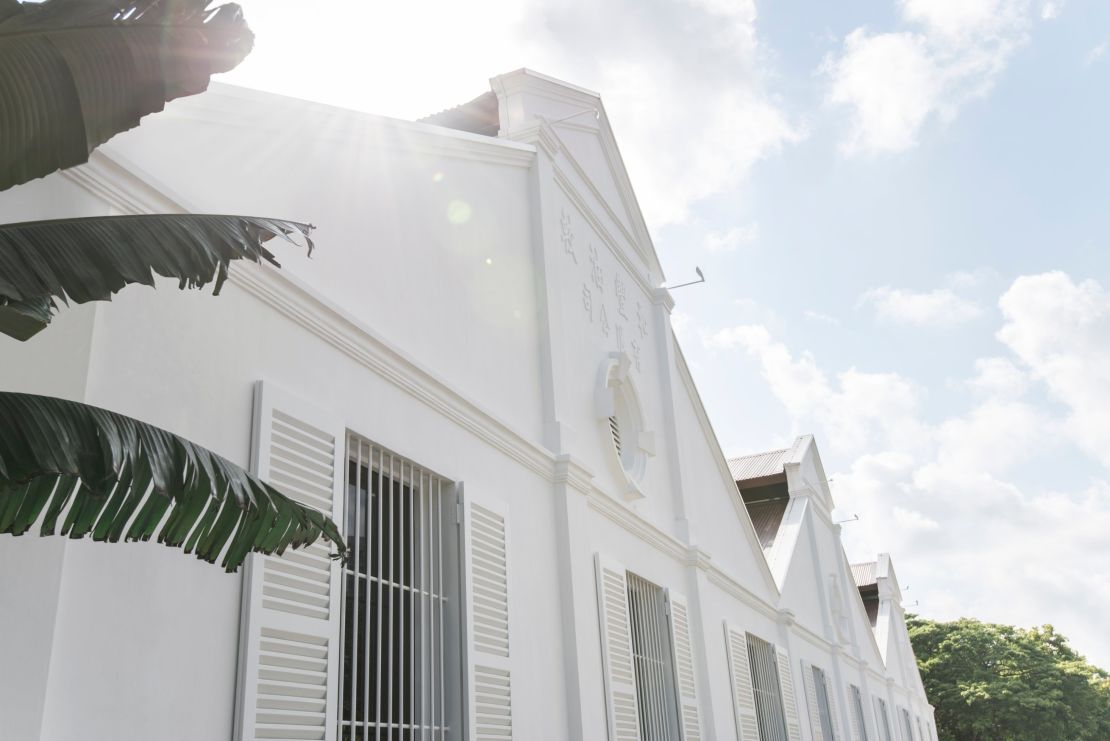
Aside from the façade, many of the warehouse’s original walls and bricks were kept intact – not without painstaking efforts. One wall was “crumbling,” for example, while some of the brickwork had dissolved into powder.
Some of this had to be removed, Chan says, but others could be restored.
“(It’s) not just about a fresh coat of paint – but understanding the quirkiness of the building … and working that into our design.”
Unique position
Since opening, the hotel has attracted a mixed demographic of customers.
Singaporeans make up 50% of its visitors, while others come from the United Kingdom, the United States and Australia.
Kalra believes that the hotel’s history and design play a part in its popularity with its local guests, many of whom work in creative industries.
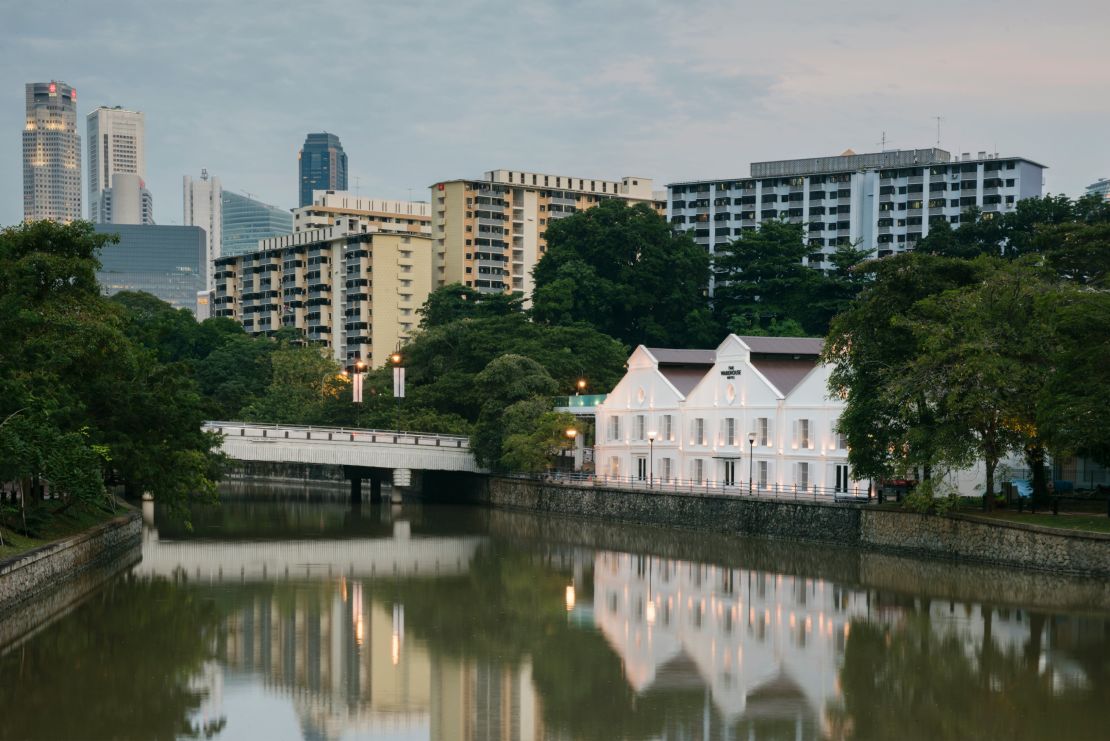
“They love to just come here, sit in the space and enjoy it the way it fits into history,” he says. “(They) talk to our staff and try to understand why, when and how this place came about.”
Lee agrees that the hotel is something special.
“It’s unusual for a hotel to be right on the water – so it goes back to its warehouse past,” he says.
“Really, when you live here, you can feel how it was from the past and how it is now.
“It is quite a unique property in Singapore.”



























